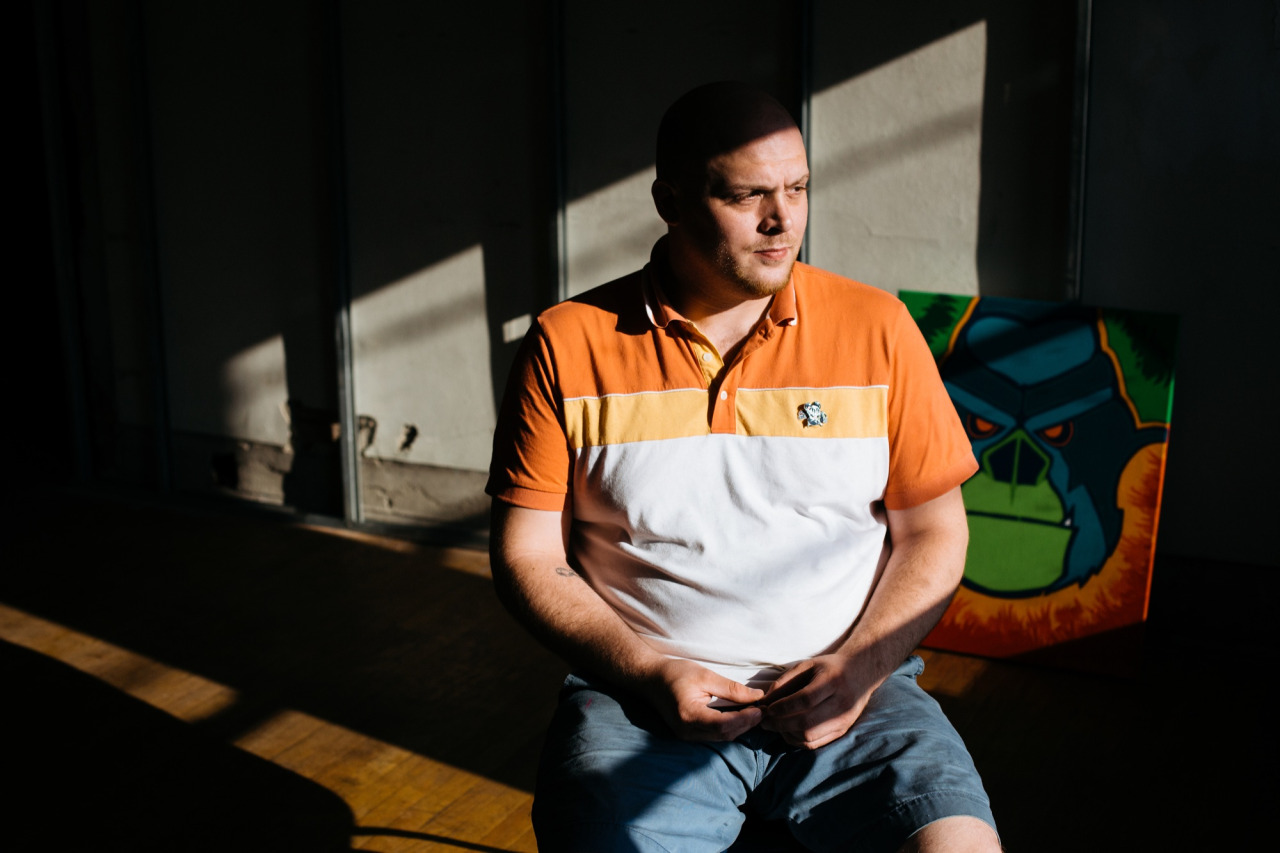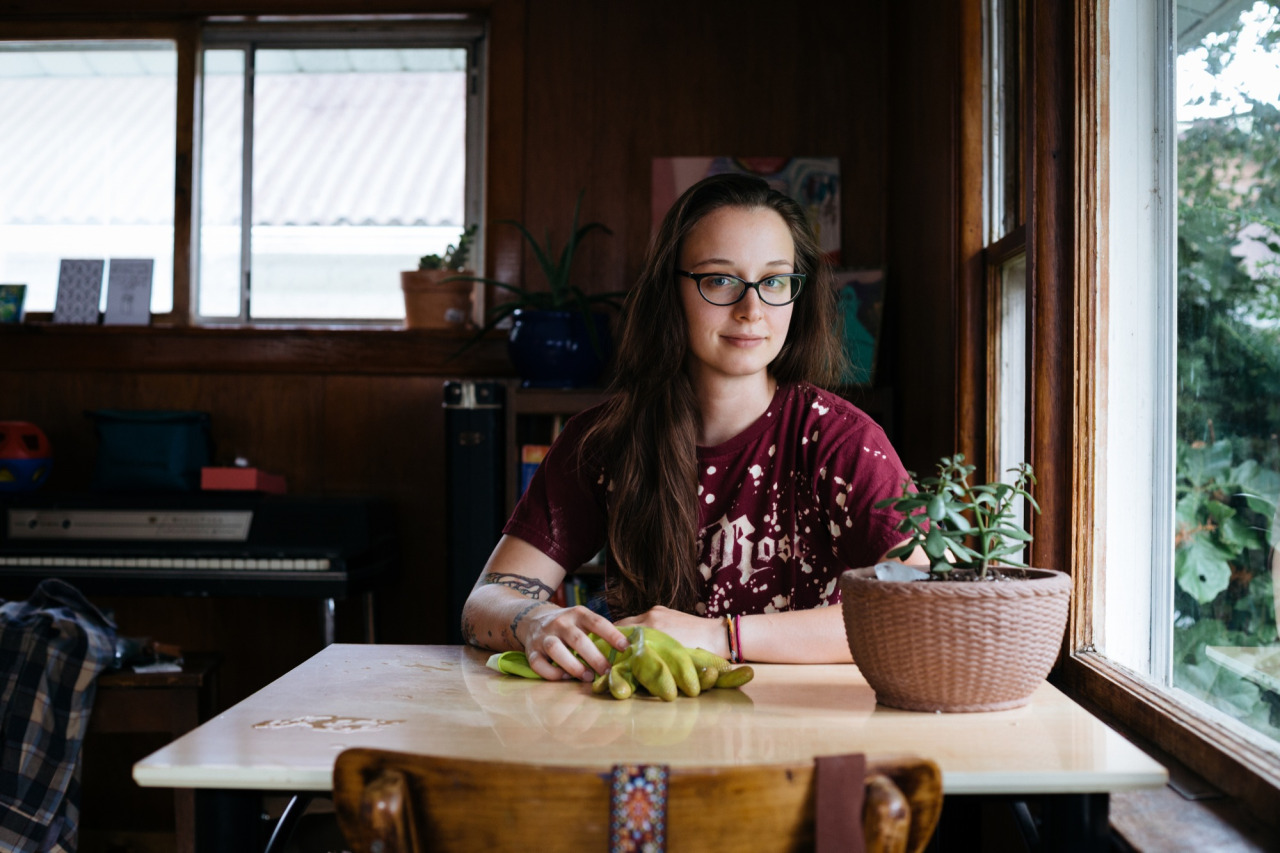Artists In Jackson: Ashley Smith
“Communities need art, so we have to be there. We can’t kill each other off.”
Back when people used to print their photographs, they were kept in albums and hung on walls – a way to remember moments and events through snapshots.
It’s still that way for photographer Ashley Smith. For her, every photo is a memory.
“Every little snapshot reminds me of something,” she says. “It reminds me of the music playing that day, or something we did earlier. It helps me remember and relive my life. It’s a sensory thing.”
And while many people don’t really look at what they’re photographing, Ashley tries to take it all in. The whole scene is important, not just what she sees through the camera’s viewfinder.
That outlook started when Ashley was young. Her dad handed her a Pentax 35mm film camera early on and taught her about exposure and light.
“He was always the designated family photographer,” she says.
When she was starting, Ashley took close-ups of piano keys and flowers. She was making memories.
Now, Ashley helps make memories for others, too. She does a bit of family and wedding portrait work, although she has slowed down on the family photography business because she sees a glut of photographers in the market. To set herself apart, she’s taking on commercial clients, like Allegiance Health, for public relations and advertising campaigns.
“That’s pretty fulfilling. I enjoy doing that,” Ashley says.
Along the way, Ashley had to learn about things like posing subjects and using artificial light to get the look her clients needed. With her commercial shoots, she feels more like a director.
However, learning new techniques is something Ashley embraces, like when she became a graphic designer for her aunt’s newspaper in Stockbridge, or the Jackson Citizen Patriot. From there, she worked at Ray Printing but has recently switched careers to run promotions for McKibben Media Group. She’s a true Jackson native.
“There’s a lot of great stuff to do here, and a lot yet to be done,” Ashley says. “And I want to be part of that. Jackson is my forever home.”
She embraces the collaborative and sharing artistic community in Jackson, especially among photographers. She also works on shoots with local photographer Seth Duimstra and swaps techniques.
“It seems like we have a lot of camaraderie that you don’t find in other places,” Ashley says. “It can be pretty cutthroat out there in the world. But in Jackson, if anybody asks for a photographer, we help each other out and recommend each other. That’s really nice.”
“Communities need art, so we have to be there. We can’t kill each other off.”
Buy the Artists In Jackson book




















